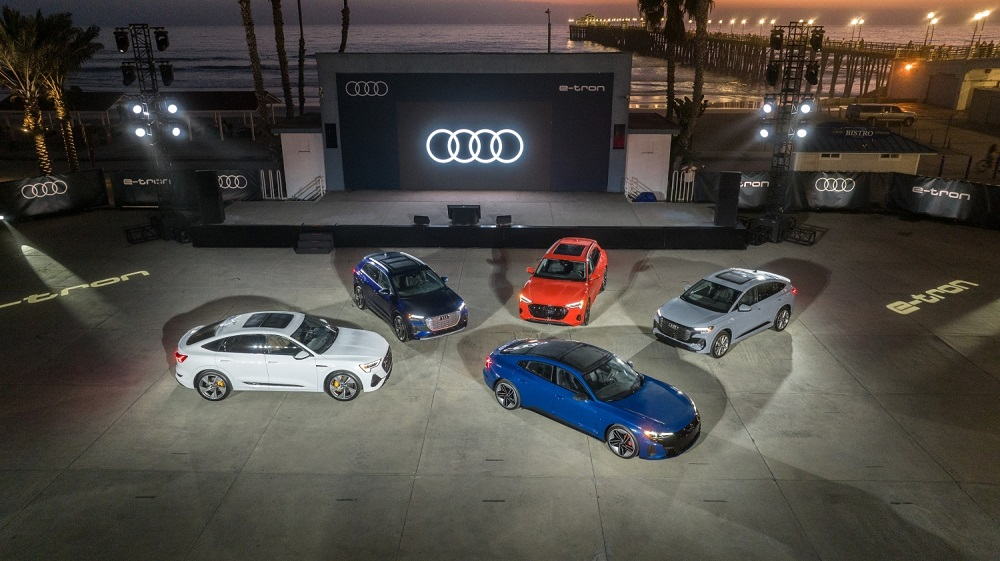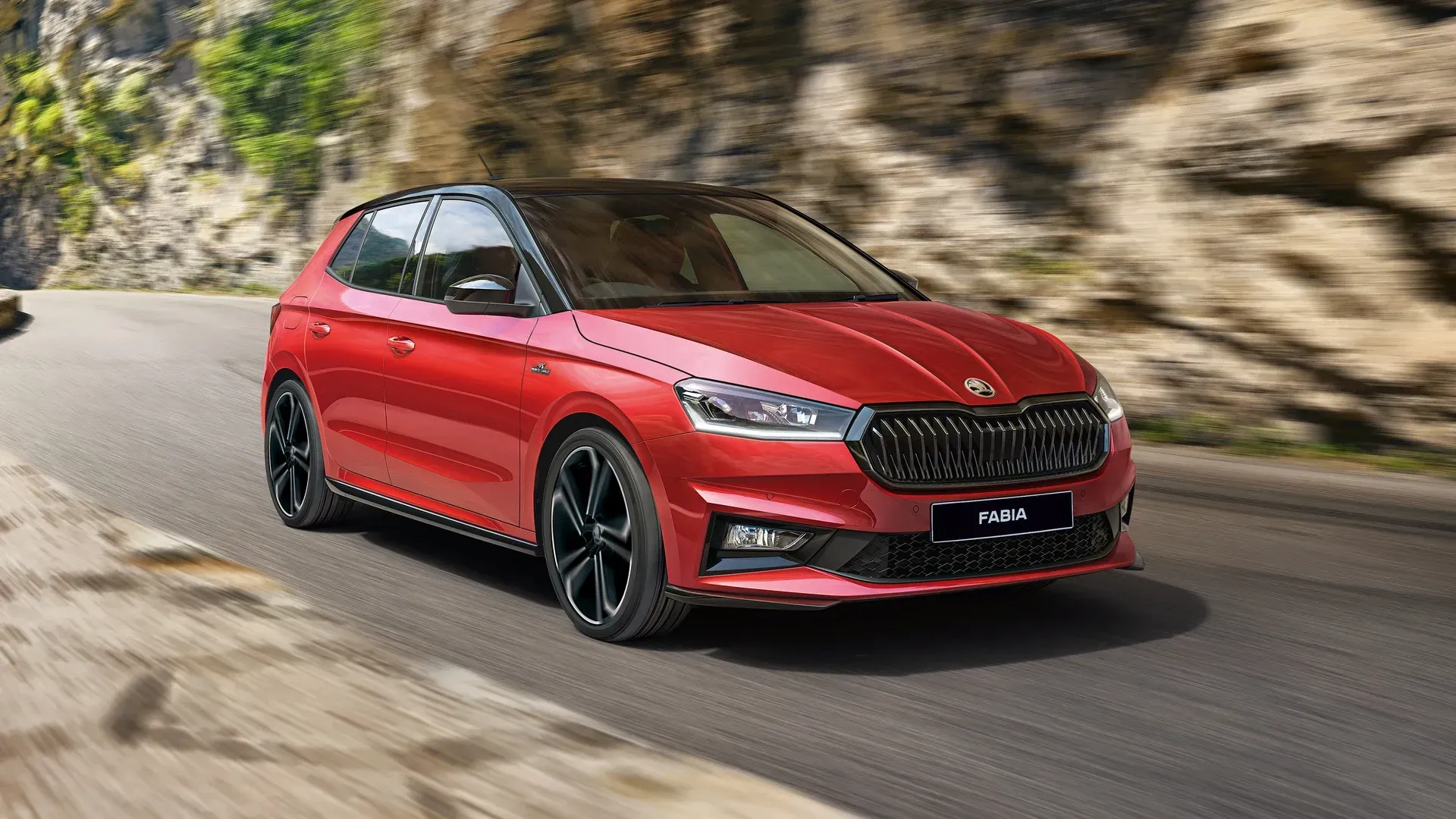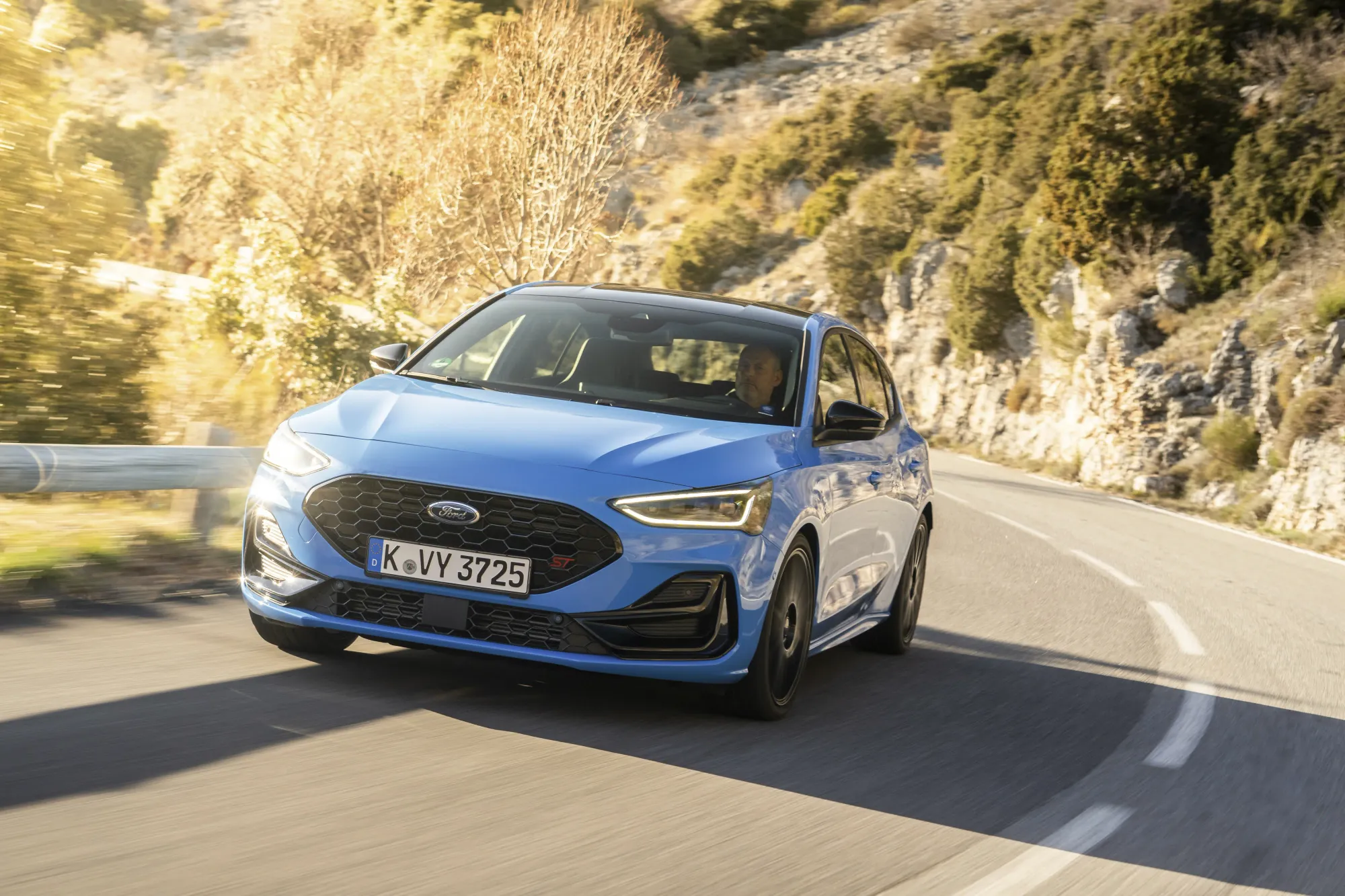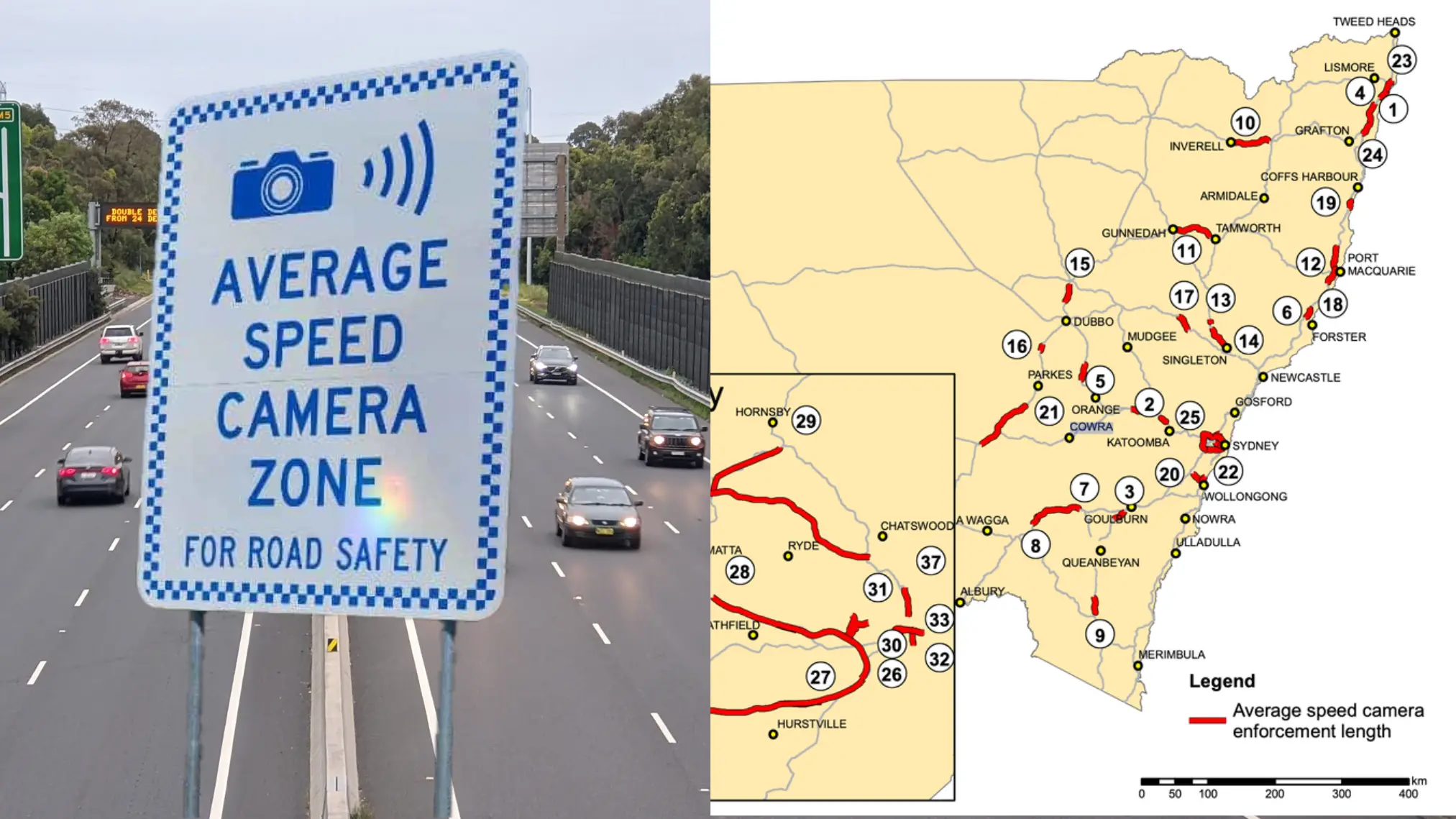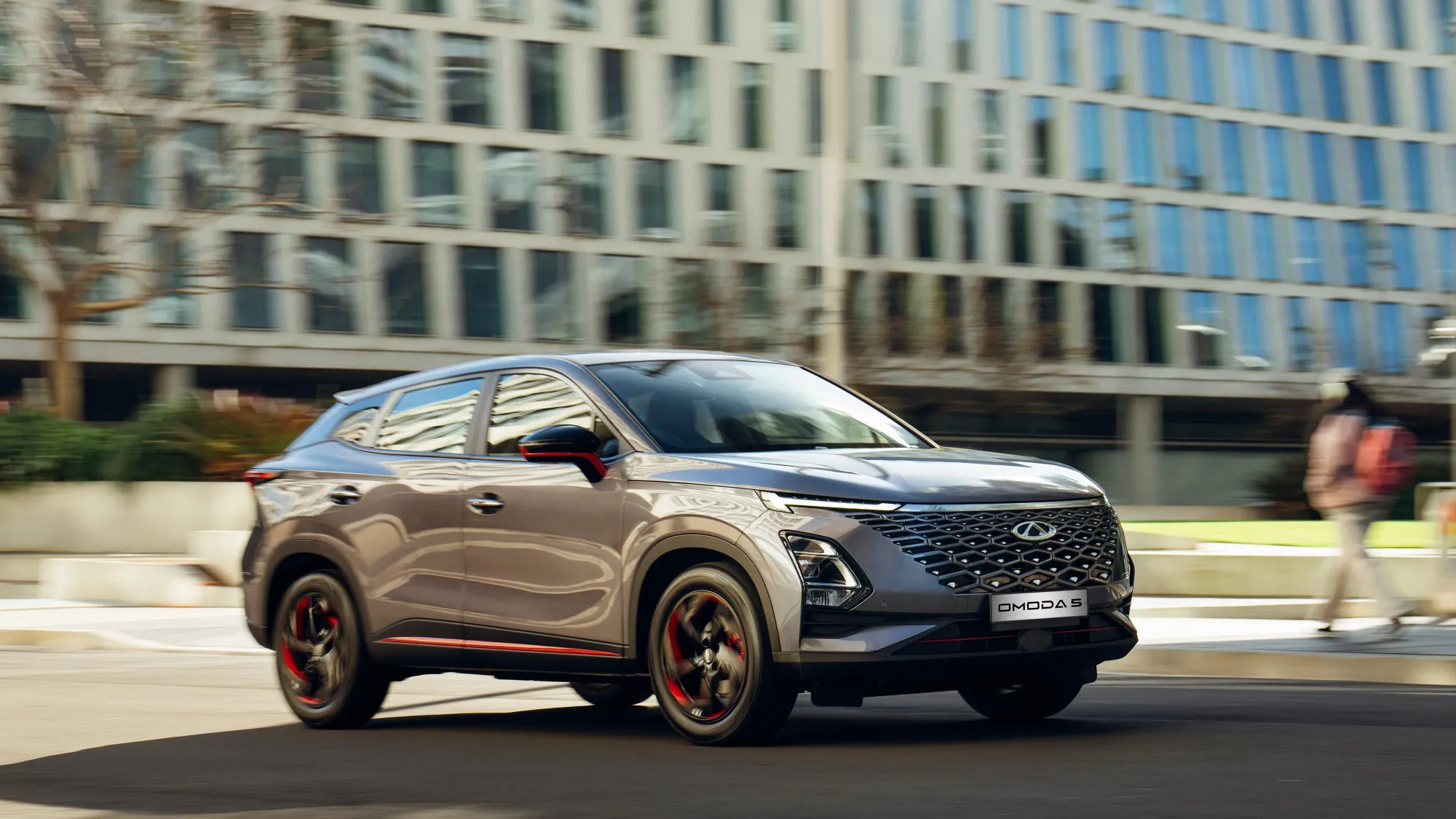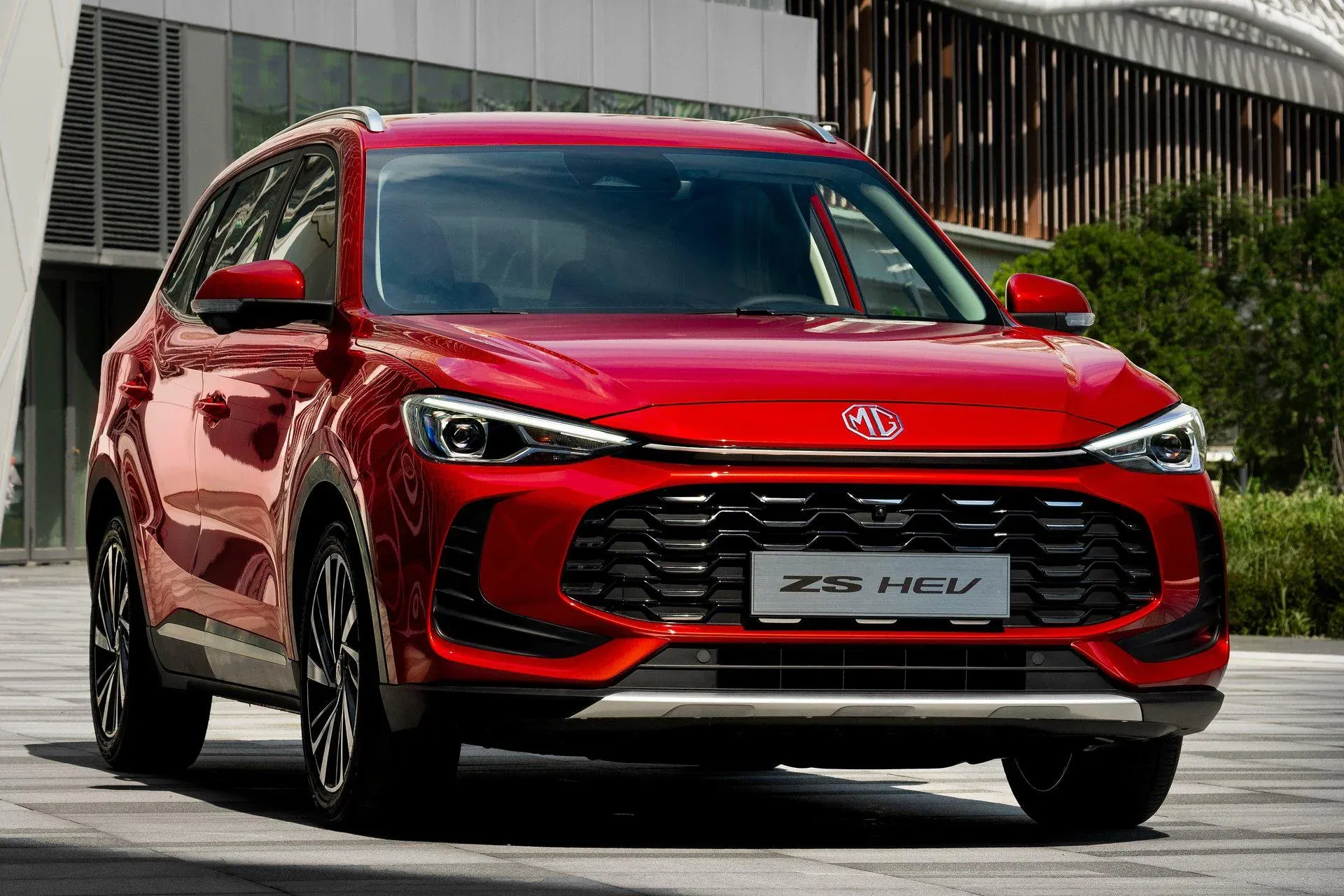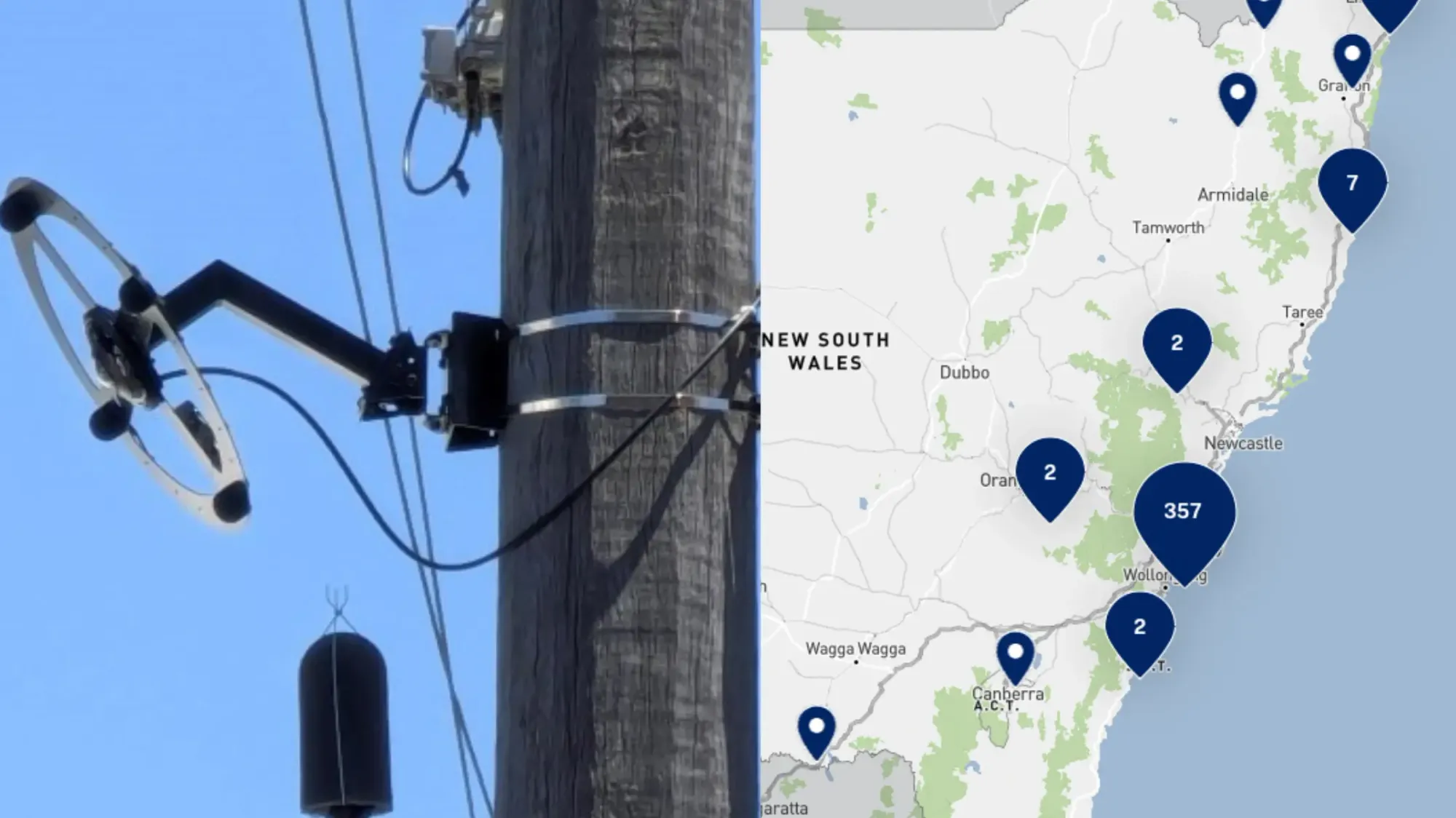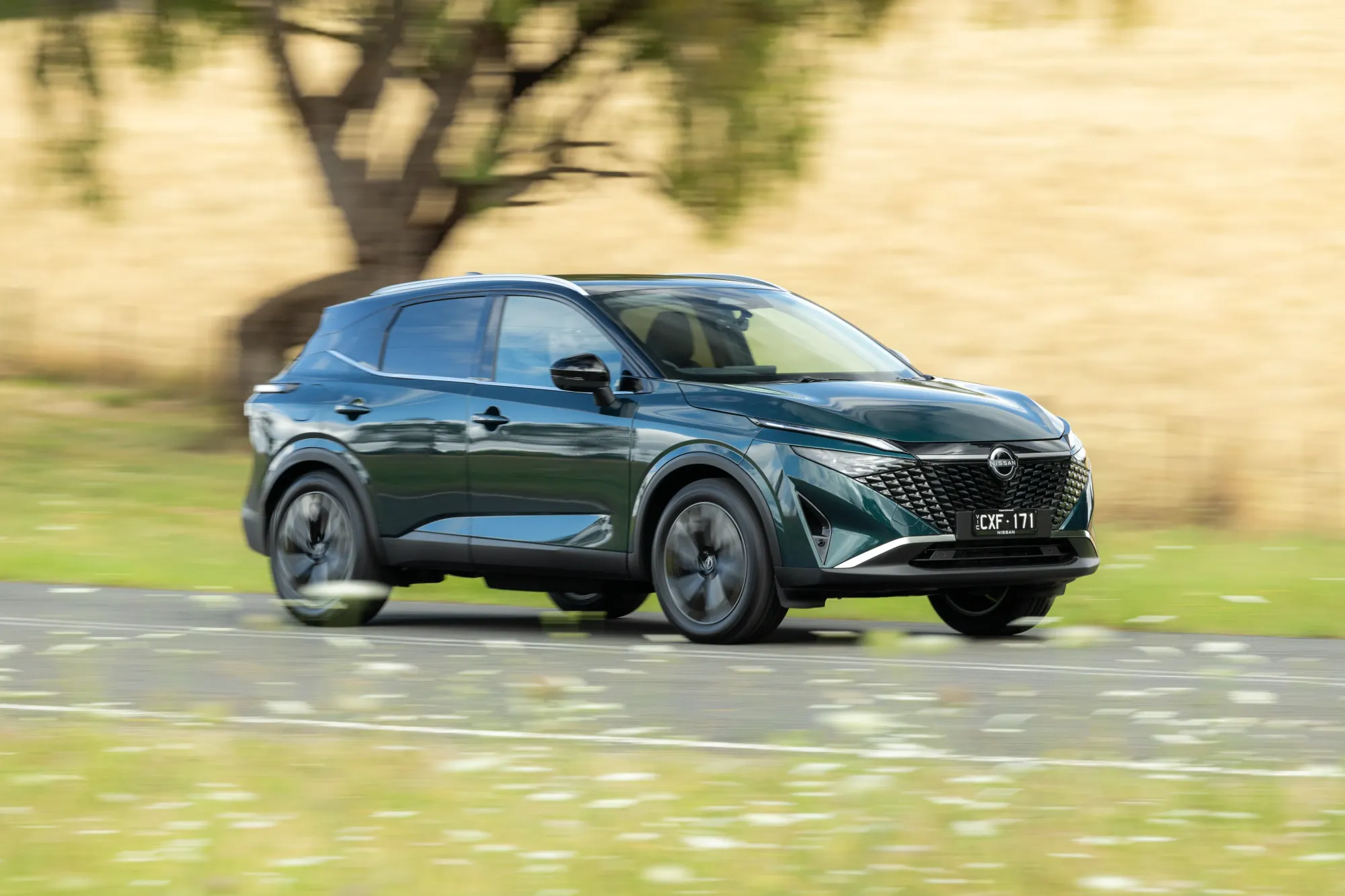Following widespread market confusion and dealer feedback, Audi AG has abandoned its controversial odd-even naming strategy for combustion and electric vehicles (EVs) just 12 months after implementation.
The German automaker will revert to its traditional alphanumeric system, prioritizing vehicle size over powertrain differentiation in a bid to stabilize brand identity during the turbulent EV transition.

Strategic Shift: From Odd/Even to Unified Naming
Audi’s abandoned 2024 strategy sought to distinguish powertrains through numerical parity:
- Odd Numbers: Internal combustion engine (ICE) and hybrid models (A5, A7)
- Even Numbers: Pure electric vehicles (A6 e-tron, Q8 e-tron)
The new 2025 framework restores numerical logic to vehicle size/class:

| Model Number | Vehicle Class | Powertrain Indicator |
|---|---|---|
| A4 | Compact Executive | TFSI/TDI/e-tron |
| A6 | Midsize Luxury | TFSI/TDI/e-tron |
| A8 | Full-Size Flagship | TFSI/e-tron |
This reversal preserves Audi’s iconic ‘A’ (cars) and ‘Q’ (SUVs) prefixes while clarifying vehicle hierarchy.
Nomenclature Timeline: A Decade of Turbulence
Audi’s naming evolution reflects broader industry identity crises:
| Year | Strategy | Key Feature | Outcome |
|---|---|---|---|
| 2017 | Power-Output Badging | "45 TFSI" for 169-185kW models | Confused consumers |
| 2023 | Odd/Even Powertrain Split | A5 (ICE) vs A6 e-tron (EV) | Dealer/ customer pushback |
| 2025 | Size-Based Restoration | A6 TFSI vs A6 e-tron | Unified classification |
The decision follows JATO Dynamics data showing renamed 2024 models depreciated 5-7% faster than stable-named counterparts.
Market Realities: Why the Reversal?
Internal surveys revealed critical pain points:
Cognitive Dissonance: 65% of buyers struggled to reconcile A5 (formerly A4) sizing with legacy perceptions.
EV Adoption Delays: Global A6 e-tron sales reached just 12,000 units in 2024 vs 38,000 ICE A6s, undercutting naming rationale.
Dealer Frustration: Munich dealerships reported 40% longer sales consultations explaining merged lineups.
Audi Sales Chief Marco Schubert acknowledged:
“Customers demanded clarity. Our numbers now communicate vehicle stature first, propulsion second – as they always should.”
Notably, the next-gen ICE A6 debuts March 4, 2025, featuring:
- PPC Platform: Final ICE architecture before 2030 electrification deadline
- TFSI e PHEV: 362hp hybrid variant with 80km EV range
Brand Identity in the EV Era
Audi’s struggles mirror industry-wide challenges:

- Legacy vs. Innovation: BMW retains ‘i’ prefix for EVs (i4, iX1) while Mercedes uses EQ sub-brand.
- Consumer Anchoring: 78% of luxury buyers in Autotrader survey prefer familiar naming conventions during EV transition.
- Residual Value Protection: Stabilizing nomenclature could curb 2024’s 6.2% average depreciation spike for renamed models.
Consumer Implications and Future Roadmap
The revised naming strategy offers several benefits for Audi customers:
- Simplified Purchasing: Size-based numbering eases cross-shopping between ICE and EV siblings, allowing customers to focus on powertrain preferences within a familiar model hierarchy.
- Long-Term Clarity: The new system eliminates concerns about model continuity, such as the confusing A4-to-A5 shift, providing a clearer long-term vision of Audi's lineup.
- Service Consistency: Dealers can retain expertise on platform-shared ICE and EV models, potentially improving service quality and reducing training costs.
Looking ahead, Audi's naming reset precedes several critical product launches:

Q6 e-tron (2025): This model will be Audi's first EV built on the Premium Platform Electric (PPE) architecture, showcasing the brand's next-generation electric technology.
A4 e-tron (2026): Set to be the electric successor to Audi's iconic compact executive sedan, this model will be crucial in transitioning loyal A4 customers to EVs.
A8 Horch (2027): Audi's flagship EV will rival the Mercedes-Benz EQS Maybach, targeting the ultra-luxury electric sedan market.
Industry Perspective and Conclusion
AutoForecast Solutions VP Sam Fiorani offers insight into Audi's strategy shift: "Audi's flip-flopping reflects industry-wide identity crises. Legacy brands must balance heritage with innovation without alienating core buyers."

By aligning more closely with BMW's 'i' differentiation and Mercedes-Benz's gradual EQ phase-out, Audi's revised naming strategy prioritizes customer familiarity over artificial segmentation. This approach may prove crucial as the brand navigates the complex transition to electrification while maintaining its strong market position in the luxury automotive sector.
As the automotive industry continues its electric evolution, Audi's naming strategy reversal serves as a case study in the delicate balance between innovation and tradition. The success of this revised approach will likely influence naming conventions across the industry, as manufacturers seek to smoothly guide consumers through the paradigm shift to electric mobility.



